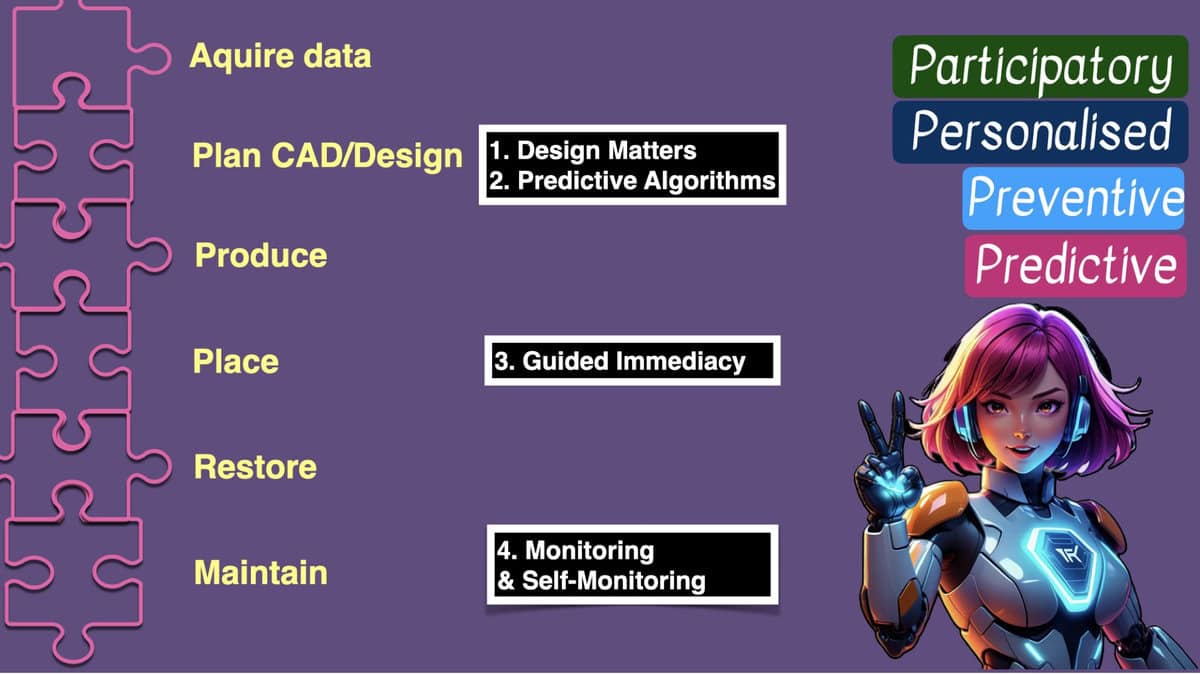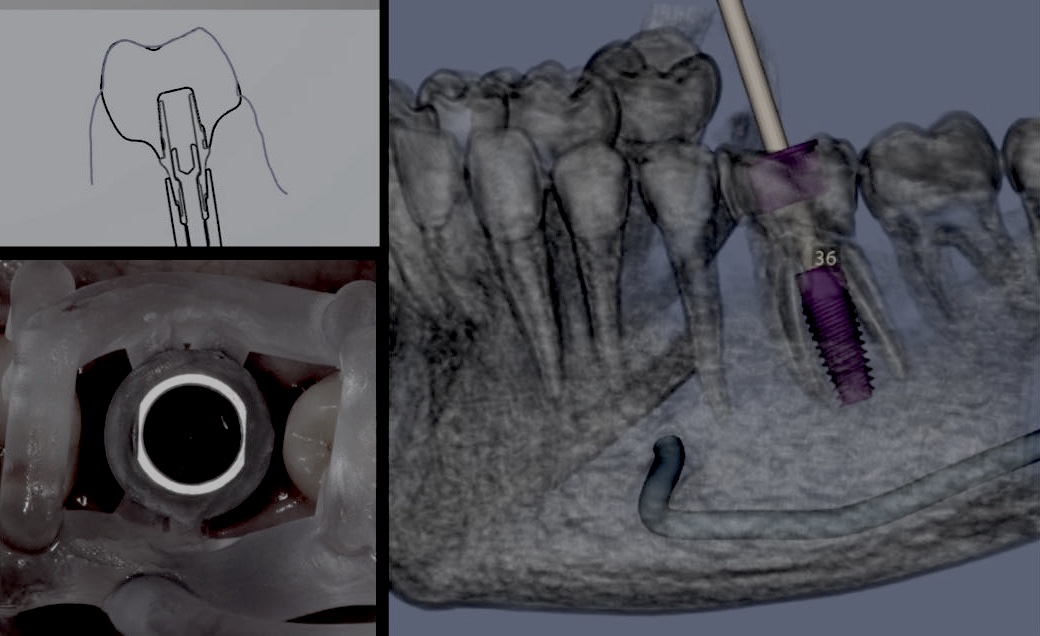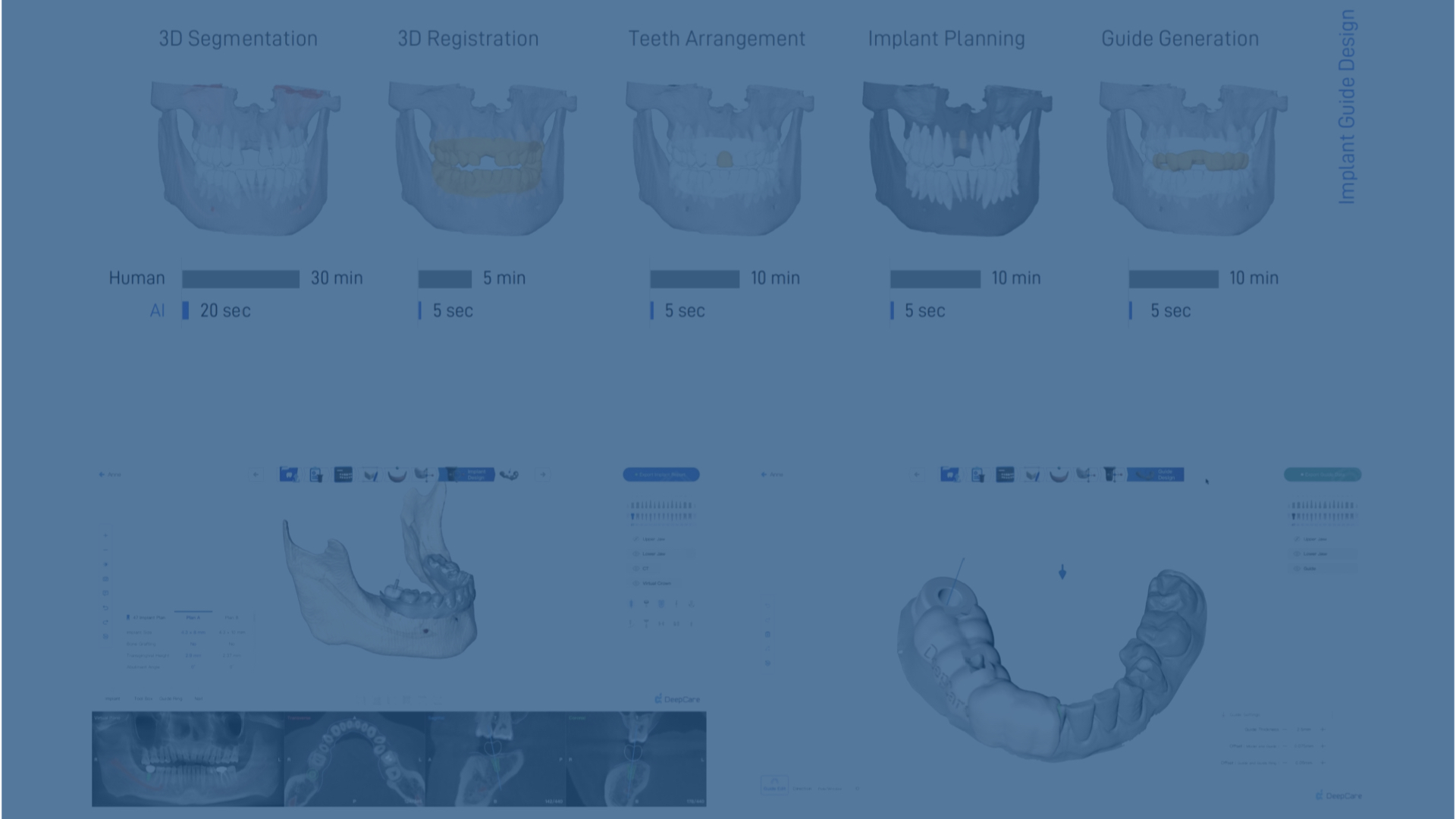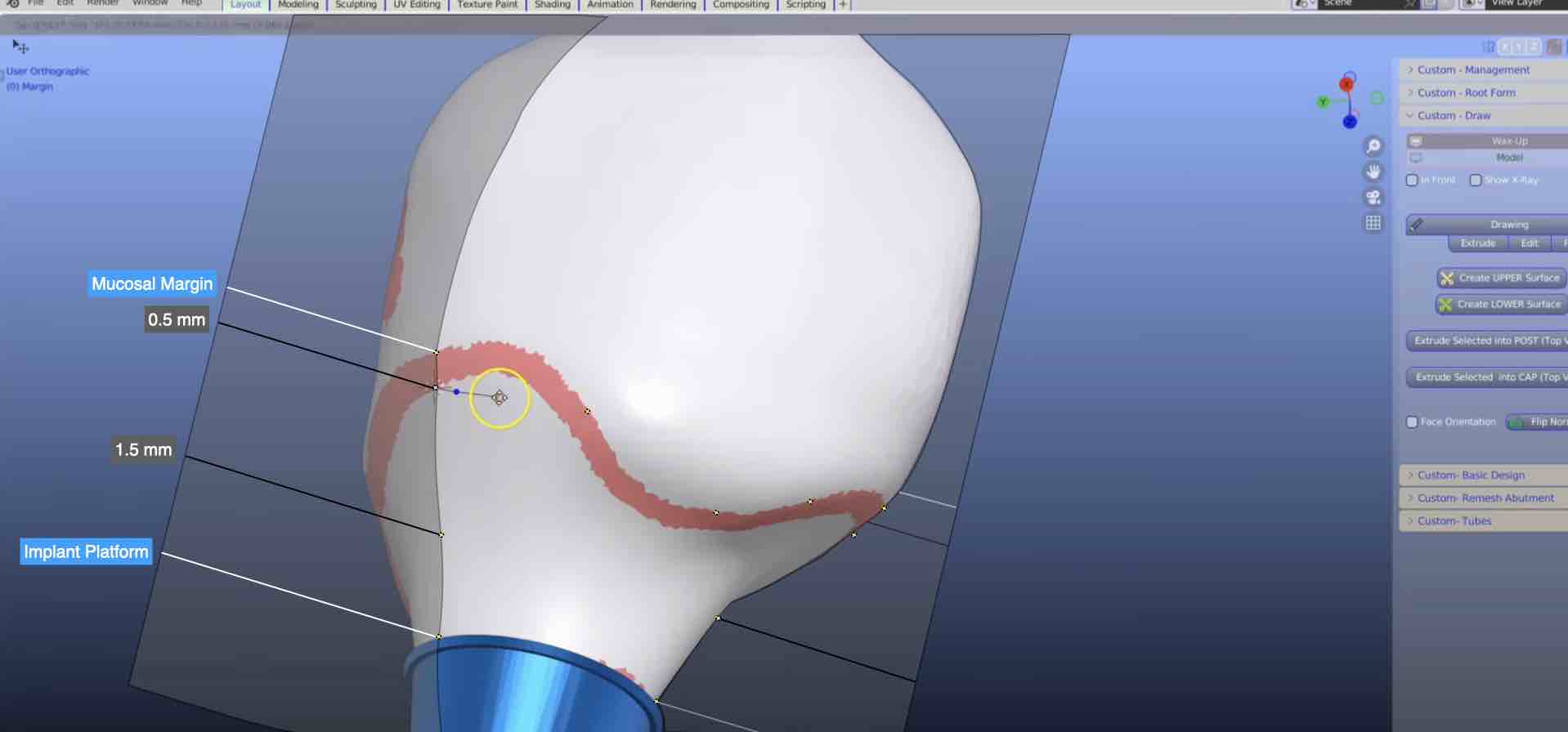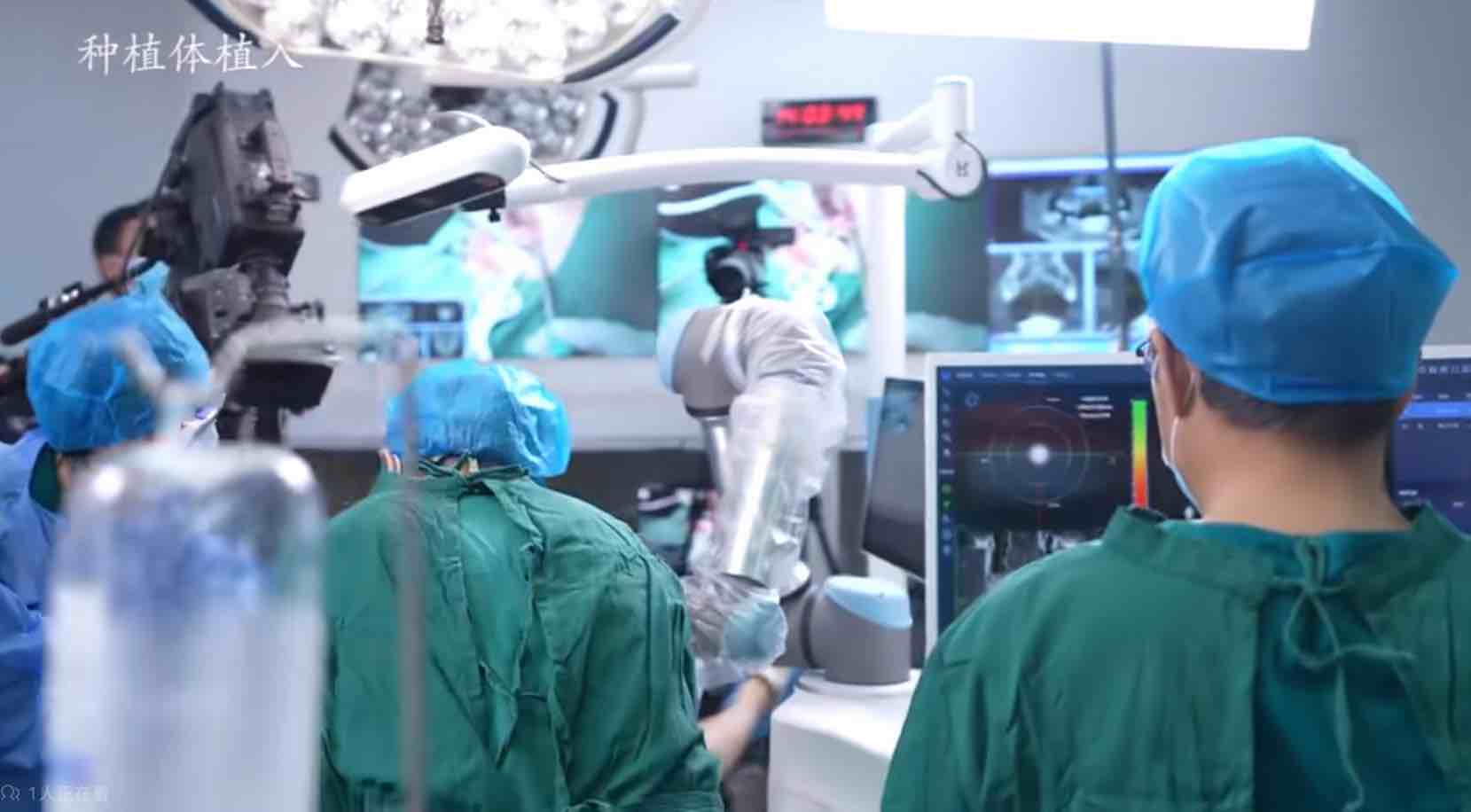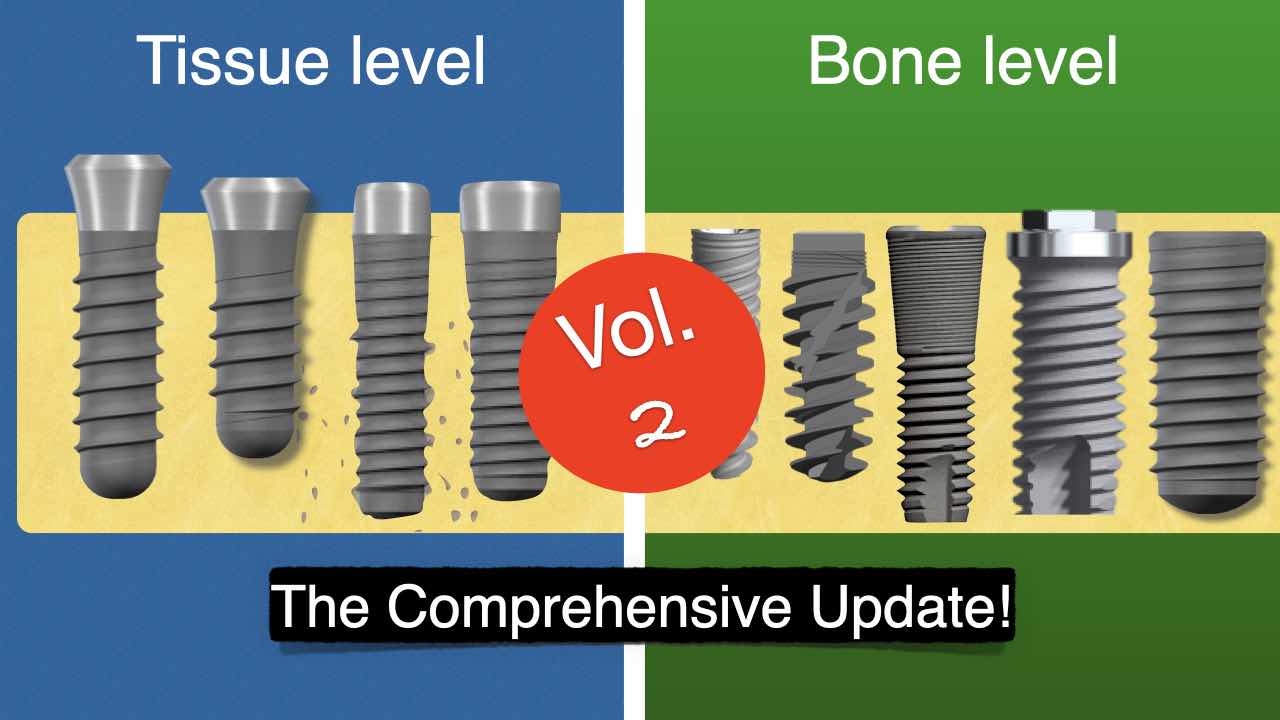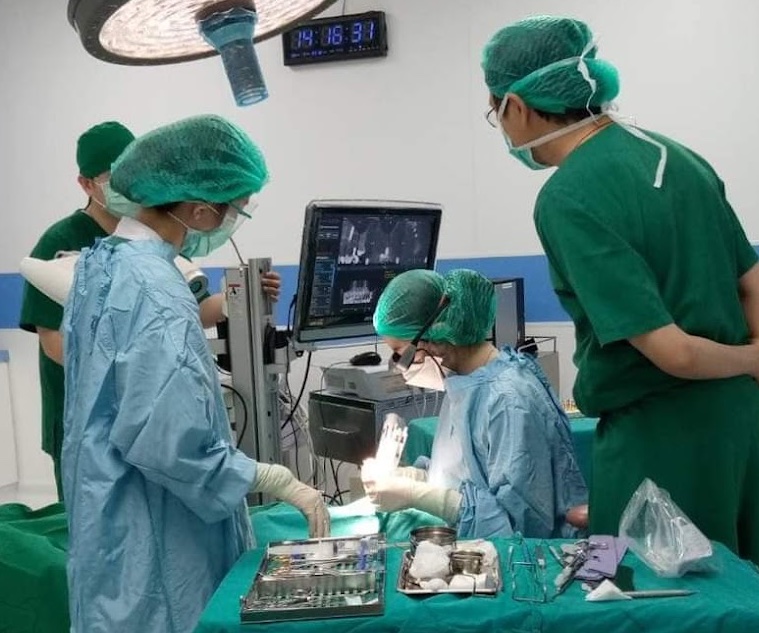Artificial Intelligence starts when an algorithm becomes able to programme and re-programme itself, thus be able to perform tasks for which it was not originally programmed to do or could not be performed with it’s original code. This implies a software which can “experiment” and learn not only to improve it’s performance but also to perform new tasks. An AI algorithm is a piece of software that can demonstrate cognitive skills only shown by living beings.
To give you an analogy, let me use one of the first lessons we all learn in early childhood: do not touch a very hot item or you get burned. Now if you want to protect your algorithm from getting burned, you insert in the algorithm: “IF hot, DO NOT Touch”. This is algorithm. But you programme your algorithm to wander around, algorithm touches the stove, gets
burned and implements the line in its code “IF hot, DO NOT Touch”… this is Artificial Intelligence!
